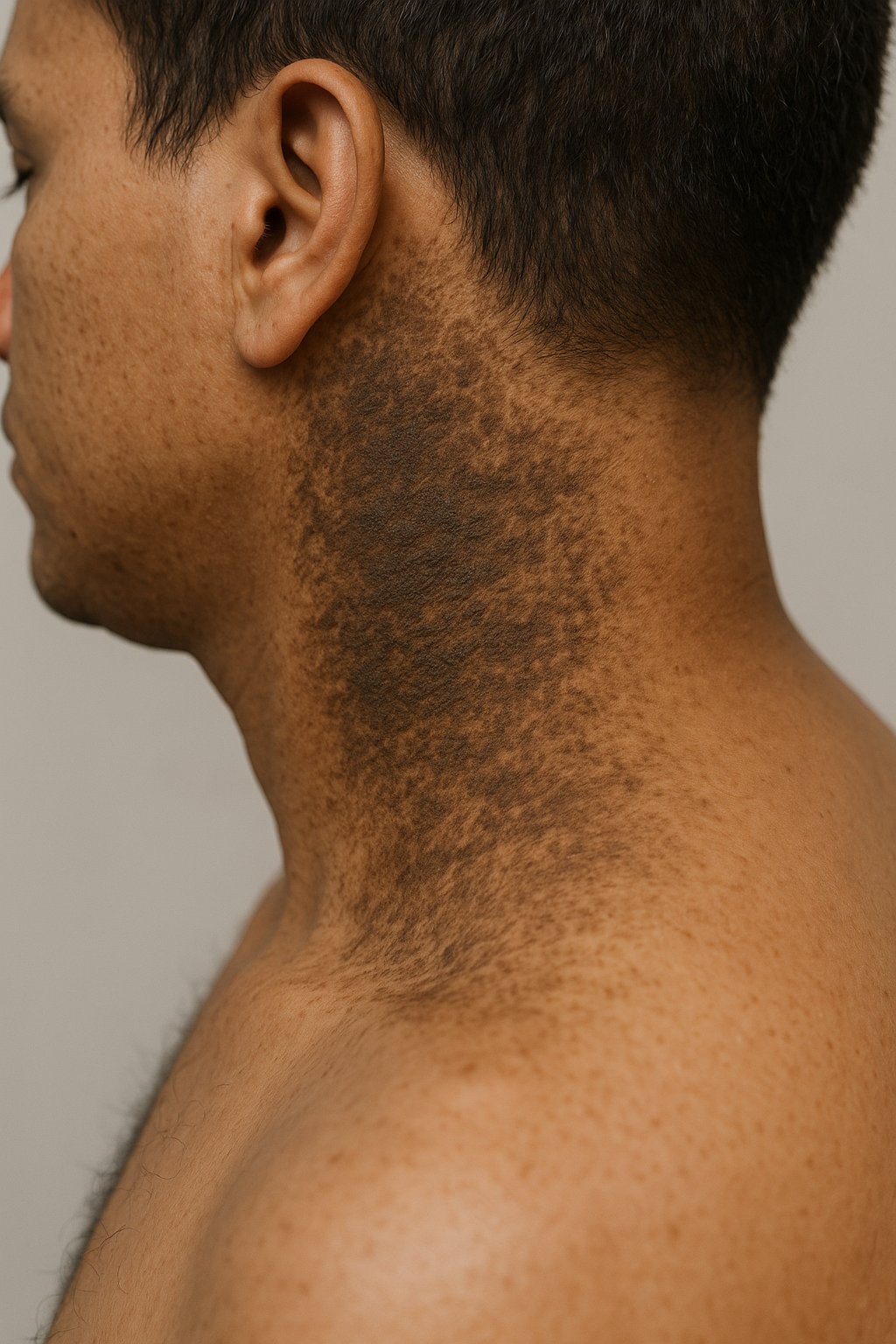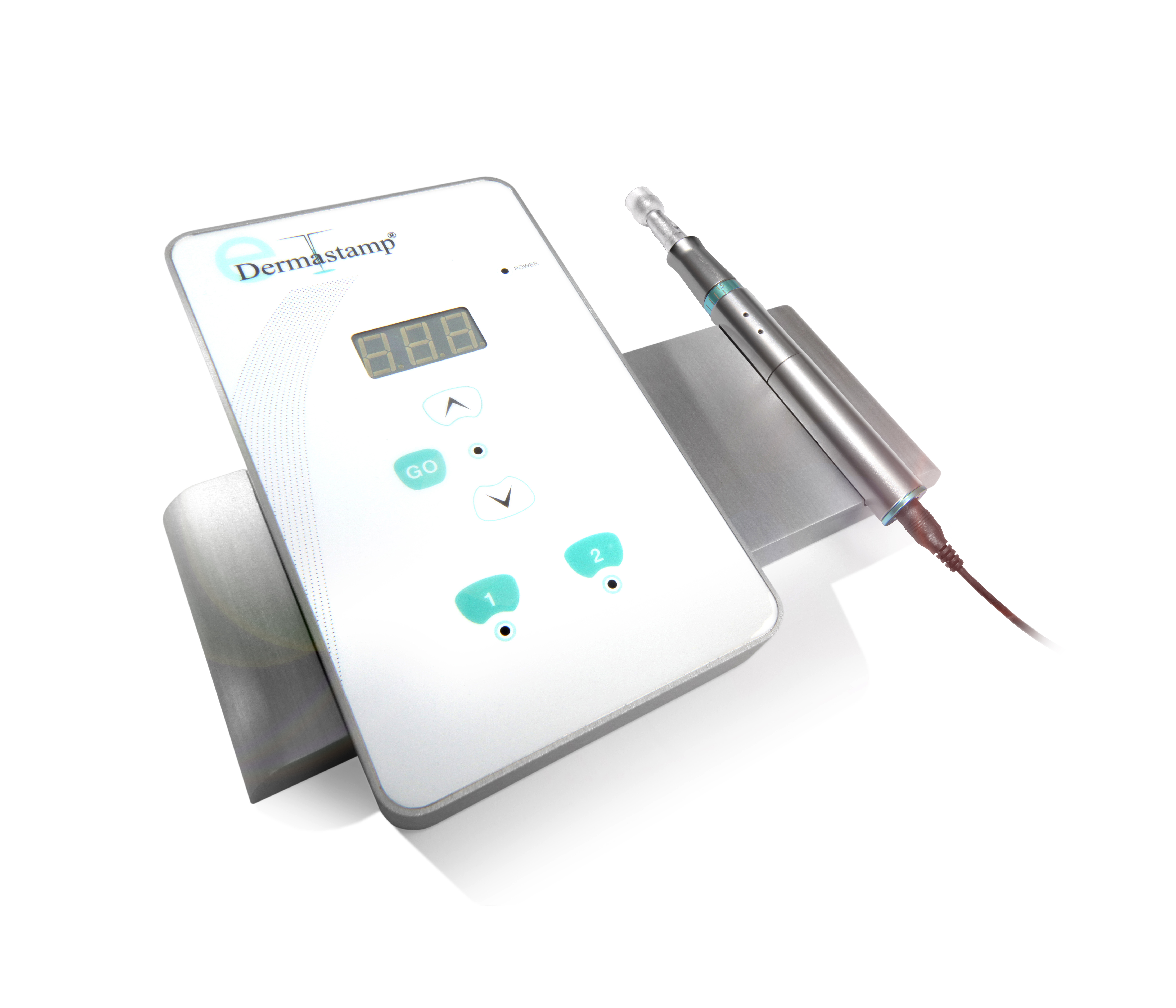Treatment Options for Hyperhidrosis (excessive sweating)
Hyperhidrosis is a medical term which is used to describe the condition of excessive and uncontrollable sweating. This condition can affect anyone at any age. Hyperhidrosis can be either localized (affected areas include armpits, soles, palms, or face) or generalized (the entire body is affected). The further subdivision includes whether the condition is primary or secondary.
Primary hyperhidrosis results from a malfunction in the hypothalamic thermoregulatory center in the brain. It is transmitted through the sympathetic nervous system into the eccrine sweat glands. Excessive sweating attacks can be caused due to exercising, fever, hot weather, anxiety, and spicy food. Usually, the sweating attacks decrease at night and remain absent during sleep. In primary hyperhidrosis, armpits, soles, or palms are affected symmetrically. The condition may be persistent throughout the entire lifespan or improve with age.
In comparison with primary hyperhidrosis, secondary hyperhidrosis is less common. It is not symmetrical. Moreover, excessive sweating attacks occur at night and even during sleep. These attacks can be triggered by various medical conditions like stroke, peripheral nerve damage, brain tumour, neuropathy, chronic anxiety disorder, and spinal nerve damage. Moreover, obesity, menopause, diabetes, respiratory failure, overactive thyroid, cardiovascular disorders, Parkinson disease, and/or Hodgkin lymphoma can trigger secondary generalized hyperhidrosis. Lastly, drugs like caffeine, alcohol, tricyclic antidepressants, opioids, and/or nicotinamide can also cause secondary generalized hyperhidrosis.
There are numerous treatment options for treating hyperhidrosis as well as lifestyle measures that help to maintain the condition and minimize its negative impact on an individual’s daily activities. The general measures include avoiding consumption of any caffeinated food and beverages, using a non-soap cleanser, and applying antiperspirant. Moreover, it is suggested to wear loose-fitting, stain-resistant, and sweat-proof clothes. It is necessary to change clothes and footwear once it becomes damp. Socks that contain silver or copper tend to decrease odour and risk of infection.
Antiperspirants are great in reducing sweating due to containing 10-25% aluminum salts in their composition. They are available as creams, sticks, aerosol sprays, roll-on, and powder. Those products are recommended to be applied on dry skin, after a cool shower before bedtime. The usage ranges from once a week to daily applications.
Oral medications can be prescribed to patients for treating hyperhidrosis. Effective oral anticholinergic drugs include oxybutynin, benztropine, and glycopyrrolate. However, it can cause dry mouth as a result. Other side effects include dizziness, blurred vision, and constipation. People with glaucoma or urinary retention are not recommended to take any of those drugs. Elderly patients are advised to take these medications with extreme caution because of the higher risk of negative side effects, including dementia.
Beta-blockers medications block the physical effects of anxiety attacks which in return helps to reduce excessive sweating.
Botulinum toxin injections are approved treatment options for hyperhidrosis. Botulinum toxin decreases sweating or completely stops it by blocking the sympathetic nerve fibers responsible for controlling sweat glands. Tiny injections are done on the affected area at about 1 cm intervals. Sometimes, if the pain tolerance is low, especially on the palms, local anesthetic may be used. The effect lasts for 3-6 months.
Another great method for treating hyperhidrosis is using fractional radiofrequency. Radiofrequency thermotherapy (RFTT) is administrated through a device with electrodes or microneedles in order to generate thermal energy. It is achieved by using electromagnetic radiation which produces an electric current. Once the current meets resistance within the tissue, it produces heat. Heat denatures protein activity and permanently destroys sweat glands. Fractional radiofrequency causes less discomfort to the patient during the procedure.
Centre for Medical and Surgical Dermatology offers various treatment options for hyperhidrosis which are unique for every patient. For more information about this condition, visit the following link:
Centre for Medical and Surgical Dermatology offers botulinum toxin injections as one of the treatment options for hyperhidrosis. For more information on this treatment, visit the following link:
Centre for Medical and Surgical Dermatology offers fractional radiofrequency as one of the treatment options for hyperhidrosis. For more information on this treatment, visit the following link:
One Comment
Comments are closed.
Related Posts




I am truly happy to read this blog posts which carries plenty of useful facts, thanks for providing these kinds
of statistics.